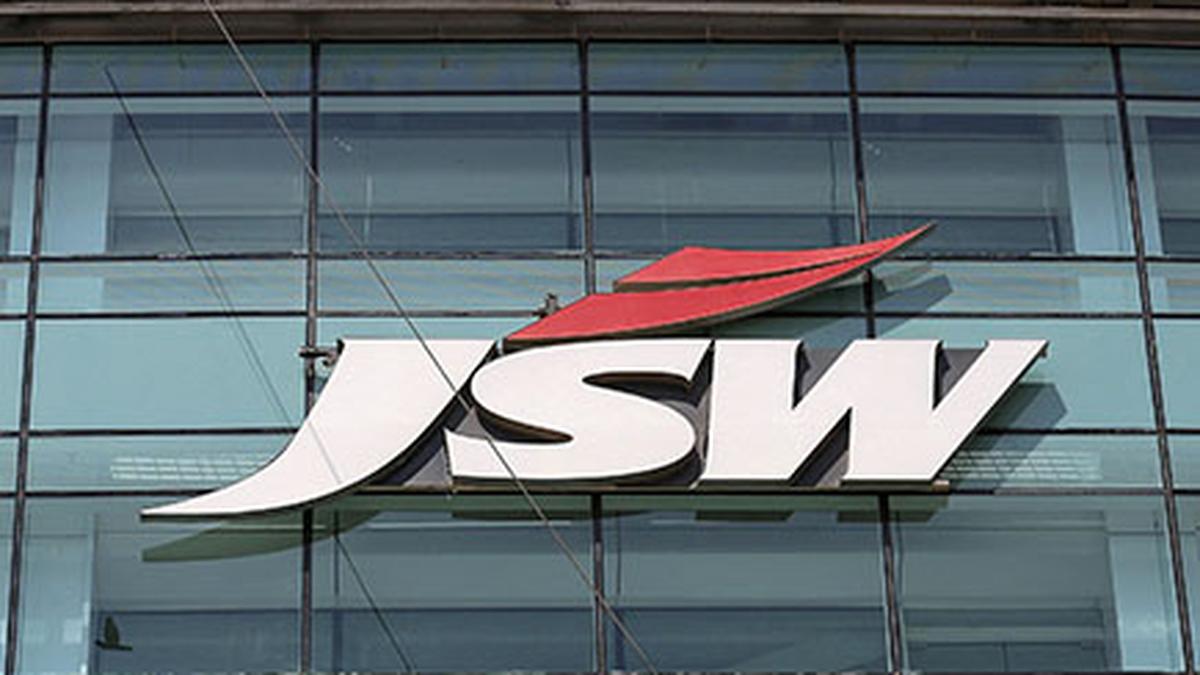The Modi government after a prolonged consultative process, brought in historic tax reforms with the introduction of Goods and Services Tax in 2017, bringing on board the States to be a part of the economic reform journey.
With introduction of the GST in 2017 a slew of Central and State taxes were subsumed into a single national tax, simplifying the complicated and fragmented tax framework that had resulted in tax cascading (tax on tax).
The cascading effect of levies meant more tax on consumers and complicated compliance burden for the trade and industry.
The Centre and States have done well in transforming the indirect tax regime implemented through the GST Council, presided by the Finance Minister.
Tax buoyancy
Positive results are seen in the form of buoyancy in the indirect tax revenue.
In the first year of its operation the average monthly revenue was ₹86,174 crore which has grown in the current year to a monthly average of ₹1,78,543 crore, showing a CAGR increase of 11 per cent.
Even though things have stabilised quite well there are many areas that require attention to bring parity in many goods where there are classification disputes or are open to interpretation causing revenue loss/evasion.
There are many products suffering from an inverted duty structure.
The GST Council had set up a Group of Ministers on rate rationalisation. The objective is that going forward we have a more simplified/rational tax structure.
Sin goods tax
It has been reported in the media that the Group of Ministers on GST rate rationalization has recommended introduction of a new tax slab of 35 per cent over and above the existing four slabs for an array of items, which are considered as demerit goods. Some even describe them as ‘sin’ goods.
The logic for such a high tax slab is attributed to health concerns; and as such consumption of such goods needs to be discouraged.
The 35 per cent slab is also seen as a revenue raising measure for the Centre and States.
In a way, the two premises are contradictory. If there are health concerns and consumption of so-called demerit goods needs to be discouraged, where is the question of government revenue going up?
Drop in consumption would result in decline in revenue to the exchequer.
GST is after all a consumption tax. And if the argument is that demand for these items is inelastic to price rise, that means consumption would not come down anyway.
The proposal to bring in a new tax slab of 35 per cent plus cess, as reported in the media, would also lead to illicit trade escaping the GST net.
Compliance factor
Higher rates lead to incentives to avoid taxes while lower slabs invariably encourage trade and businesses to comply with the tax regime.
Reasonable GST rates would also mean higher tax revenue for the exchequer as the gross tax collection is a direct function of consumption which rises on lower sale prices.
Additionally, the idea was to reduce the number of GST rate slabs from four to three in order to simplify the tax regime. However, adding another slab would be contrary to this objective.
There might be a temptation later to include more and more products under that category, which may further slow down consumption and fuel inflation.
For the sake of buoyancy in the revenue to the exchequer and robust consumption demand, the GST rates need to be moderate rather than excessively high.
At a time when the Indian economy needs a demand booster, the tax rates should be on the lower side.
The writer is Secretary General, ASSOCHAM








Leave a Comment